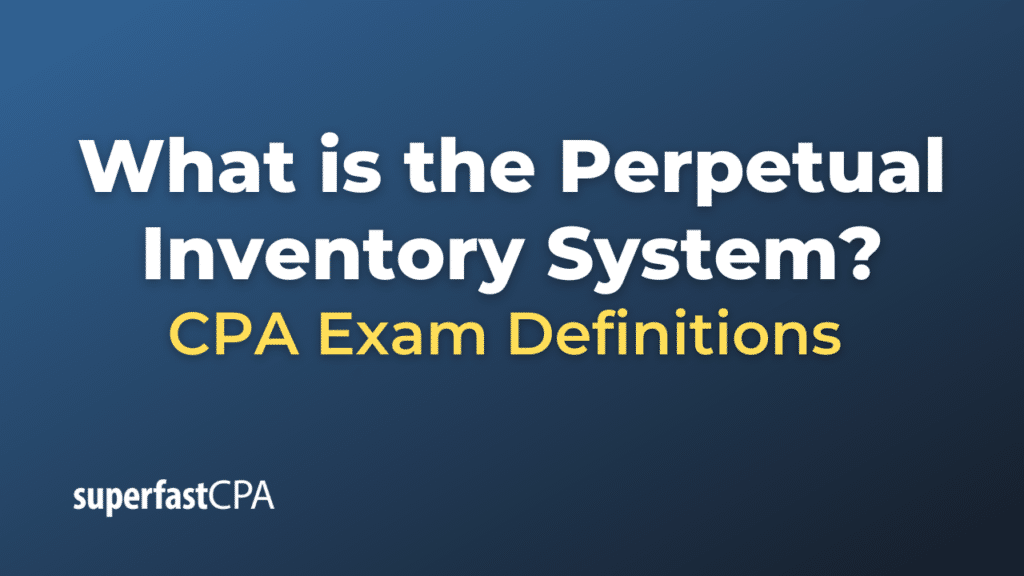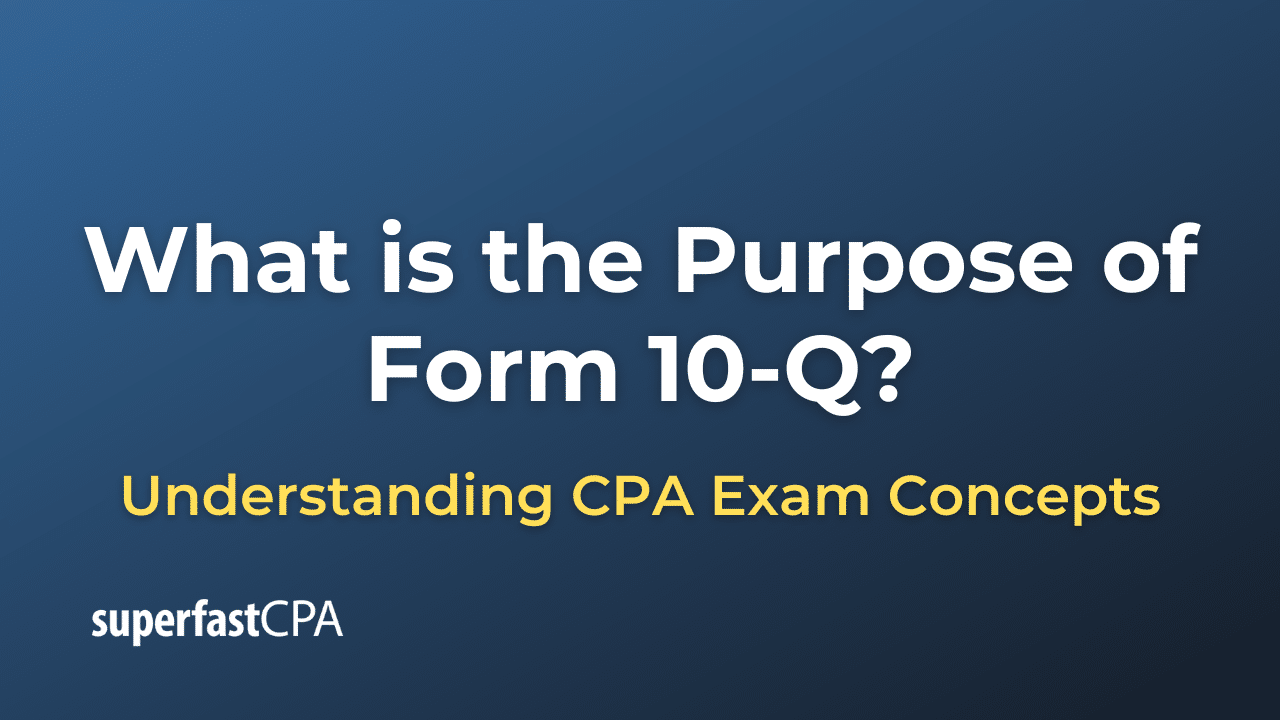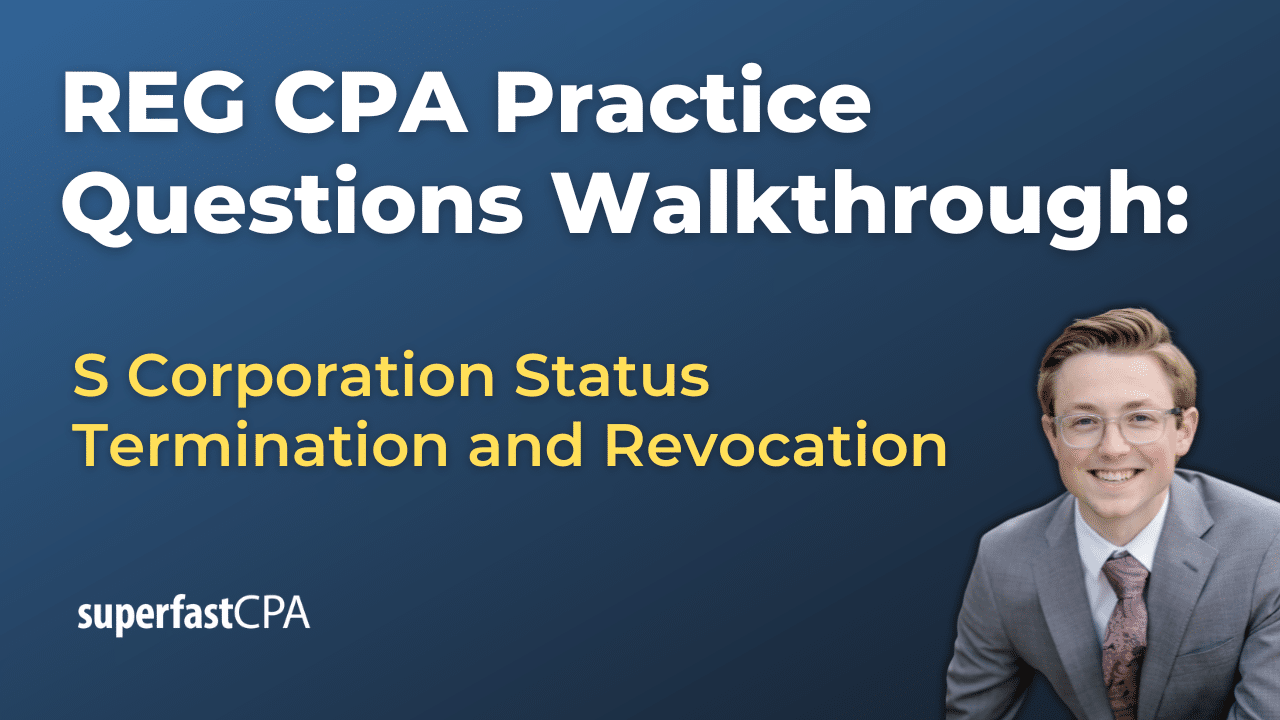Perpetual Inventory System
The perpetual inventory system is a method of tracking and managing inventory in real time using software or other automated systems. Every time an item is purchased, sold, returned, or otherwise removed from inventory, these transactions are recorded and the inventory levels are updated immediately.
Under this system, businesses have a constantly updated record of inventory on hand, cost of goods sold (COGS), and sales revenue. It provides a clear, immediate understanding of the inventory levels without the need to manually count the physical inventory.
Here’s a simple example:
Imagine a grocery store that uses a perpetual inventory system:
- The store purchases 500 bottles of olive oil at $5 each. As soon as this inventory is received, the system records a $2,500 increase in the inventory account (500 bottles * $5 per bottle).
- A customer buys 3 bottles of olive oil. As the customer pays, the point-of-sale system records this transaction, reducing the olive oil inventory by 3 units. The inventory account decreases by $15 (3 bottles * $5 per bottle).
- At the same time, the system increases the COGS account by $15 (reflecting the cost of the inventory that was just sold) and records $15 in sales revenue (or more, if the store sells the olive oil at a markup).
So, at any given time, the store’s management can see how many bottles of olive oil are still in stock, how many they’ve sold, how much they’ve earned from olive oil sales, and how much they’ve spent on the olive oil that’s been sold. This real-time tracking helps businesses manage their inventory more efficiently and can provide useful data for decision-making.
However, it’s important to note that while the perpetual inventory system provides real-time inventory tracking, physical counts of inventory are still needed periodically to account for shrinkage – inventory that’s lost, stolen, spoiled, or otherwise removed without being sold.
Example of the Perpetual Inventory System
Let’s use a car dealership as an example to explain how the perpetual inventory system works:
- Purchasing Cars: Let’s say the dealership buys 50 cars at a cost of $20,000 each from various manufacturers. The total cost of $1,000,000 (50 cars x $20,000) is immediately added to the inventory account in the dealership’s ledger.
- Sale of a Car: A customer comes in and purchases a car for $25,000. As soon as the sale is completed, the dealership’s inventory system immediately records a reduction in the inventory. Since the cost of the car was $20,000, this amount is subtracted from the inventory account, leaving it at $980,000.
- Recording Cost of Goods Sold (COGS): Simultaneously, the system records an increase in the COGS account. The $20,000 cost of the car is added to the COGS. If COGS was initially zero (let’s say this is the first sale of the financial period), it now becomes $20,000.
- Revenue: The sale price of the car, which is $25,000, is also recorded as revenue. So, the dealership records a profit of $5,000 on this sale (sale price of $25,000 – cost price of $20,000).
This real-time tracking system allows the dealership to have an accurate and updated understanding of its inventory levels, the cost of the inventory sold, and the revenue from the sales. However, physical counts of inventory (the actual number of cars in the dealership) are still important to account for discrepancies due to issues such as theft or damage.














